What temperature should water be when making pizza dough
Home » Oven Temp » What temperature should water be when making pizza doughWhat temperature should water be when making pizza dough
What Temperature Should Water Be When Making Pizza Dough. Higher temperatures say 80-90 f will get you a fast rise but less flavor and gluten is not as well developed. For a low hydration cracker type crust you should ideally have your water at a temperature that will give you a finished mixed dough temperature in the 80 to 85F range. Is it different for bread and say pizza dough. If you have low hydration the water is going to evaporate off of the dough in the early portion of the cook leaving it to cook dry.
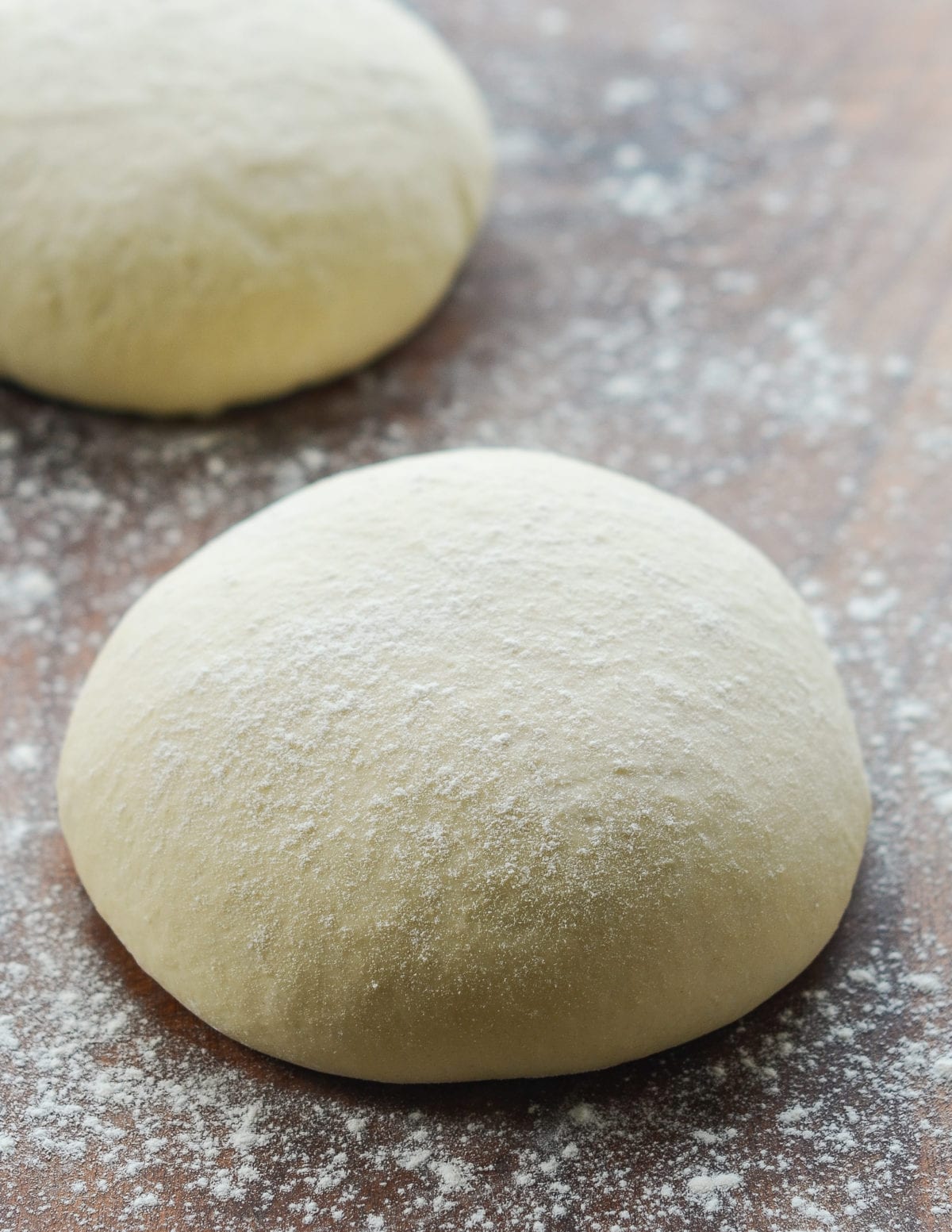 Pizza Dough Recipe Once Upon A Chef From onceuponachef.com
Pizza Dough Recipe Once Upon A Chef From onceuponachef.com
However there is the option to cold proof your dough in the refrigerator and in this instance you would be looking at making the temperature much lower below 10º. By this method if the flour temperature is 68 F you would subtract 68 from 145 77. This would be the desired water temperature to achieve a finished dough temperature in the 82 to 88 F range. Choosing a temperature means choosing between proofing speed and flavor gluten development. Hydration is another aspect of a recipe with an interesting relationship to cooking temperature. Some think that you need to bring your commercial pizza dough up to room temperature while others think that its best to place it in the fridge to defrost and then pull out to once again bring to room temperature.
If you can only reach 450F degrees in your home oven a pizza is going to take 12-15 minutes to cook.
Some think that you need to bring your commercial pizza dough up to room temperature while others think that its best to place it in the fridge to defrost and then pull out to once again bring to room temperature. Also that too high a temperature is bad for the yeast. Water and yeast temperatures for bread and pizza dough. Choosing a temperature means choosing between proofing speed and flavor gluten development. Hydration is another aspect of a recipe with an interesting relationship to cooking temperature. The most important thing is making sure that whatever water temp you settle in on- you should always use that temp for dough.
 Source: pizzaotherbread.wordpress.com
Source: pizzaotherbread.wordpress.com
Hydration is another aspect of a recipe with an interesting relationship to cooking temperature. Is it different for bread and say pizza dough. If you have low hydration the water is going to evaporate off of the dough in the early portion of the cook leaving it to cook dry. For a low hydration cracker type crust you should ideally have your water at a temperature that will give you a finished mixed dough temperature in the 80 to 85F range. Choosing a temperature means choosing between proofing speed and flavor gluten development.
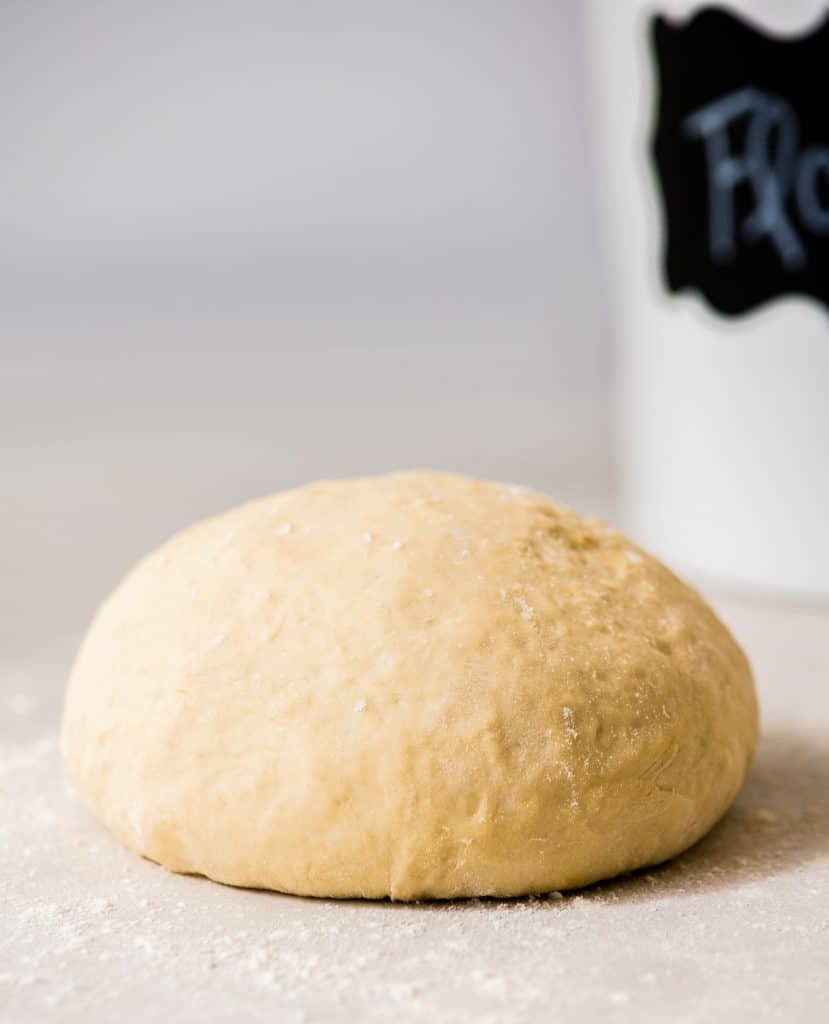 Source: joyfoodsunshine.com
Source: joyfoodsunshine.com
If you were to ask ten different restaurant owners how they prepare their pizza dough for cooking youd probably get ten different answers. Most experts agree that before making pizza your dough should be proofed in a kitchen that sits comfortably at around 23ºc or 75ºf. Keep in mind that this formula is only intended for finished dough temperatures in the 82 to 88 F range. If youre using jarred IDY that youve stored in the fridge for at least 2 years if not more youll be able to make dough with the understanding that the yeast will do its thing. A long slow rise in the refrigerator takes much longer and typically gives you better flavor and texture.
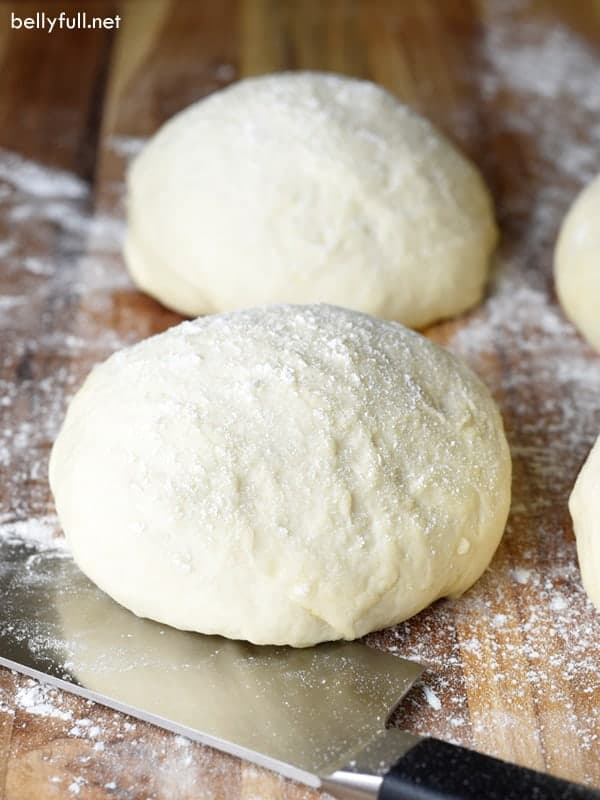 Source: bellyfull.net
Source: bellyfull.net
Ive read just warm and 110 to 115 degrees farenheit which is a lot more than warm by my hands standards. Some think that you need to bring your commercial pizza dough up to room temperature while others think that its best to place it in the fridge to defrost and then pull out to once again bring to room temperature. A long slow rise in the refrigerator takes much longer and typically gives you better flavor and texture. Keep in mind that this formula is only intended for finished dough temperatures in the 82 to 88 F range. If you have low hydration the water is going to evaporate off of the dough in the early portion of the cook leaving it to cook dry.
 Source: picky-palate.com
Source: picky-palate.com
Ive read just warm and 110 to 115 degrees farenheit which is a lot more than warm by my hands standards. Choosing a temperature means choosing between proofing speed and flavor gluten development. Hydration is another aspect of a recipe with an interesting relationship to cooking temperature. If youre using jarred IDY that youve stored in the fridge for at least 2 years if not more youll be able to make dough with the understanding that the yeast will do its thing. Some think that you need to bring your commercial pizza dough up to room temperature while others think that its best to place it in the fridge to defrost and then pull out to once again bring to room temperature.
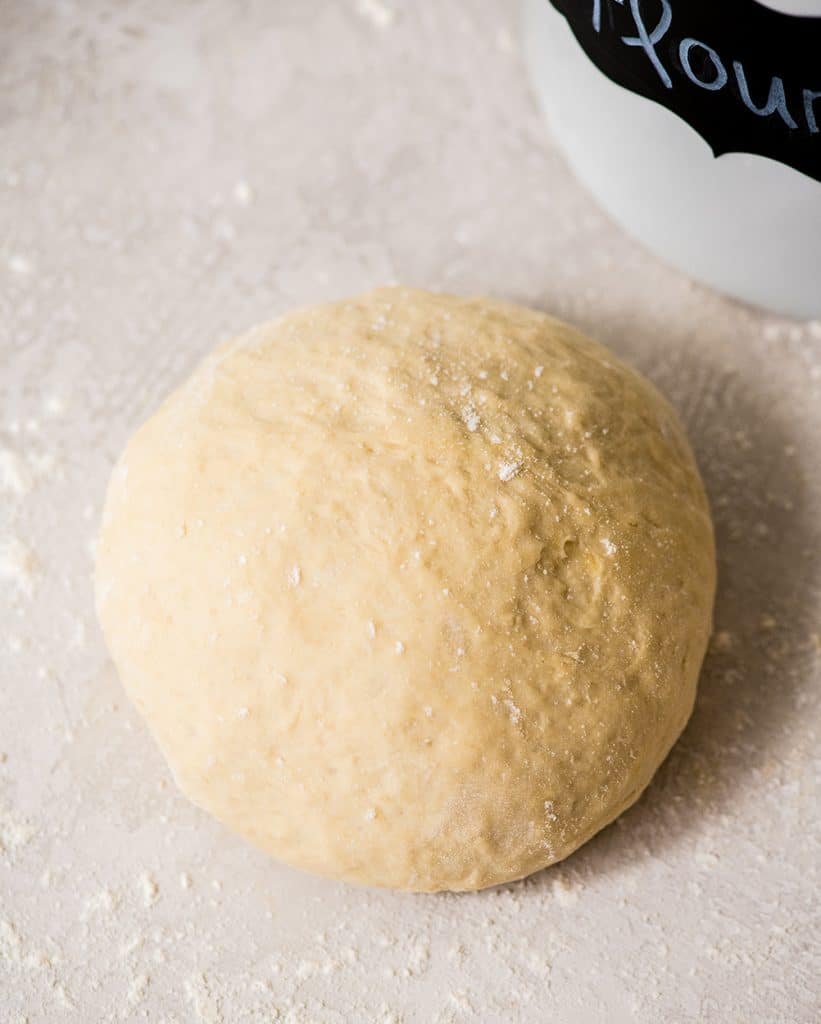 Source: joyfoodsunshine.com
Source: joyfoodsunshine.com
If you were to ask ten different restaurant owners how they prepare their pizza dough for cooking youd probably get ten different answers. Higher temperatures say 80-90 f will get you a fast rise but less flavor and gluten is not as well developed. By this method if the flour temperature is 68 F you would subtract 68 from 145 77. Choosing a temperature means choosing between proofing speed and flavor gluten development. Ive read just warm and 110 to 115 degrees farenheit which is a lot more than warm by my hands standards.
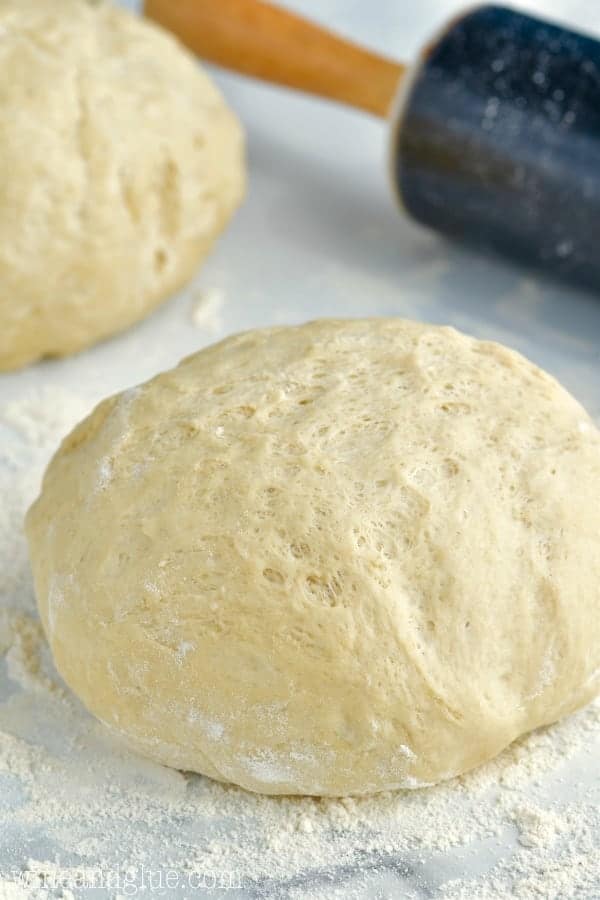 Source: simplejoy.com
Source: simplejoy.com
Ive read just warm and 110 to 115 degrees farenheit which is a lot more than warm by my hands standards. Some think that you need to bring your commercial pizza dough up to room temperature while others think that its best to place it in the fridge to defrost and then pull out to once again bring to room temperature. Higher temperatures say 80-90 f will get you a fast rise but less flavor and gluten is not as well developed. If youre using jarred IDY that youve stored in the fridge for at least 2 years if not more youll be able to make dough with the understanding that the yeast will do its thing. For a low hydration cracker type crust you should ideally have your water at a temperature that will give you a finished mixed dough temperature in the 80 to 85F range.
 Source: jessicagavin.com
Source: jessicagavin.com
Water and yeast temperatures for bread and pizza dough. Is it different for bread and say pizza dough. If you have low hydration the water is going to evaporate off of the dough in the early portion of the cook leaving it to cook dry. If you can only reach 450F degrees in your home oven a pizza is going to take 12-15 minutes to cook. Hydration is another aspect of a recipe with an interesting relationship to cooking temperature.
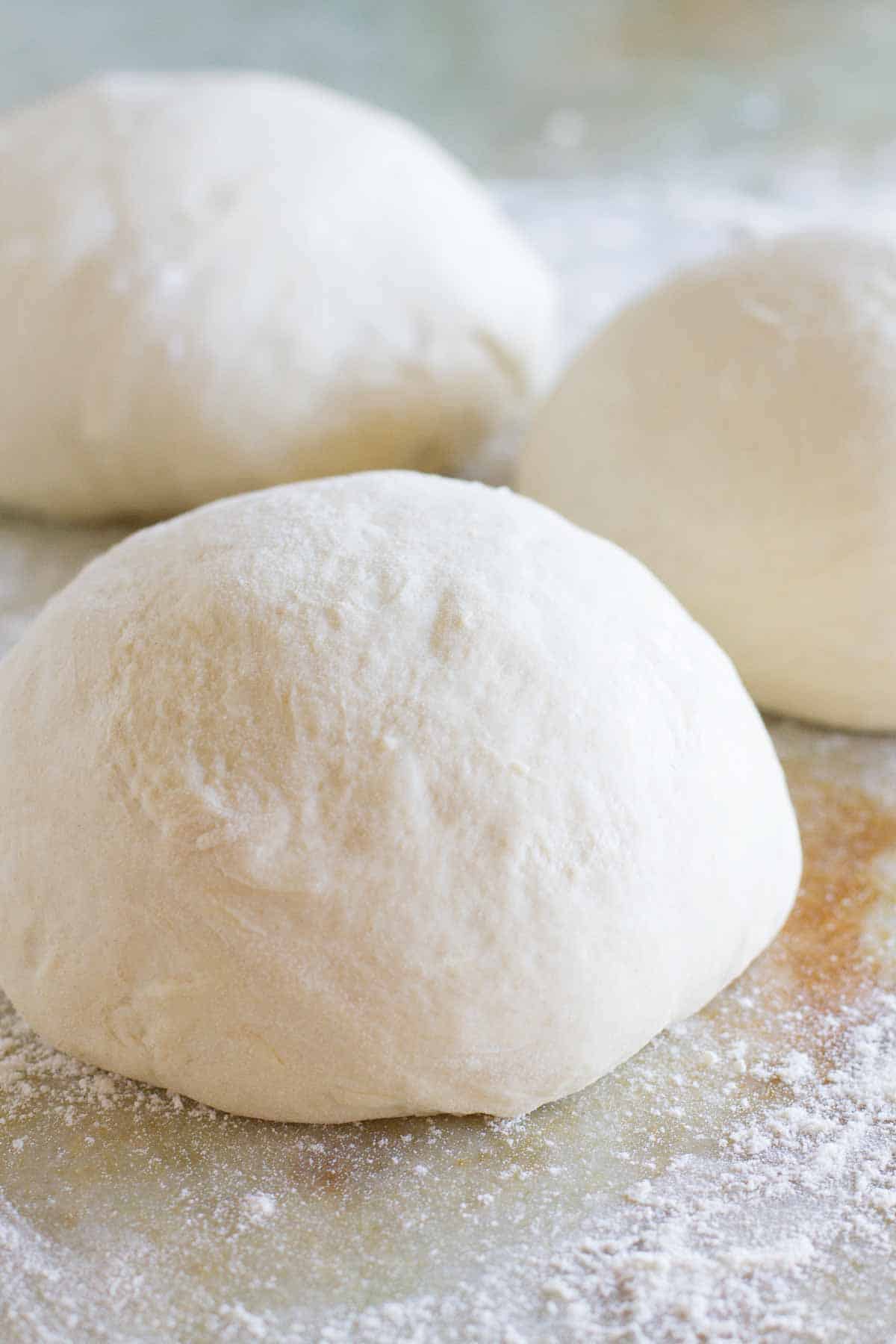 Source: tasteandtellblog.com
Source: tasteandtellblog.com
Keep in mind that this formula is only intended for finished dough temperatures in the 82 to 88 F range. Hydration is another aspect of a recipe with an interesting relationship to cooking temperature. Choosing a temperature means choosing between proofing speed and flavor gluten development. Also that too high a temperature is bad for the yeast. If youre using jarred IDY that youve stored in the fridge for at least 2 years if not more youll be able to make dough with the understanding that the yeast will do its thing.
 Source: onceuponachef.com
Source: onceuponachef.com
The most important thing is making sure that whatever water temp you settle in on- you should always use that temp for dough. A long slow rise in the refrigerator takes much longer and typically gives you better flavor and texture. If you were to ask ten different restaurant owners how they prepare their pizza dough for cooking youd probably get ten different answers. If you can only reach 450F degrees in your home oven a pizza is going to take 12-15 minutes to cook. Water and yeast temperatures for bread and pizza dough.
 Source: pizzadough101.com
Source: pizzadough101.com
Is it different for bread and say pizza dough. Choosing a temperature means choosing between proofing speed and flavor gluten development. This would be the desired water temperature to achieve a finished dough temperature in the 82 to 88 F range. Most experts agree that before making pizza your dough should be proofed in a kitchen that sits comfortably at around 23ºc or 75ºf. If you can only reach 450F degrees in your home oven a pizza is going to take 12-15 minutes to cook.
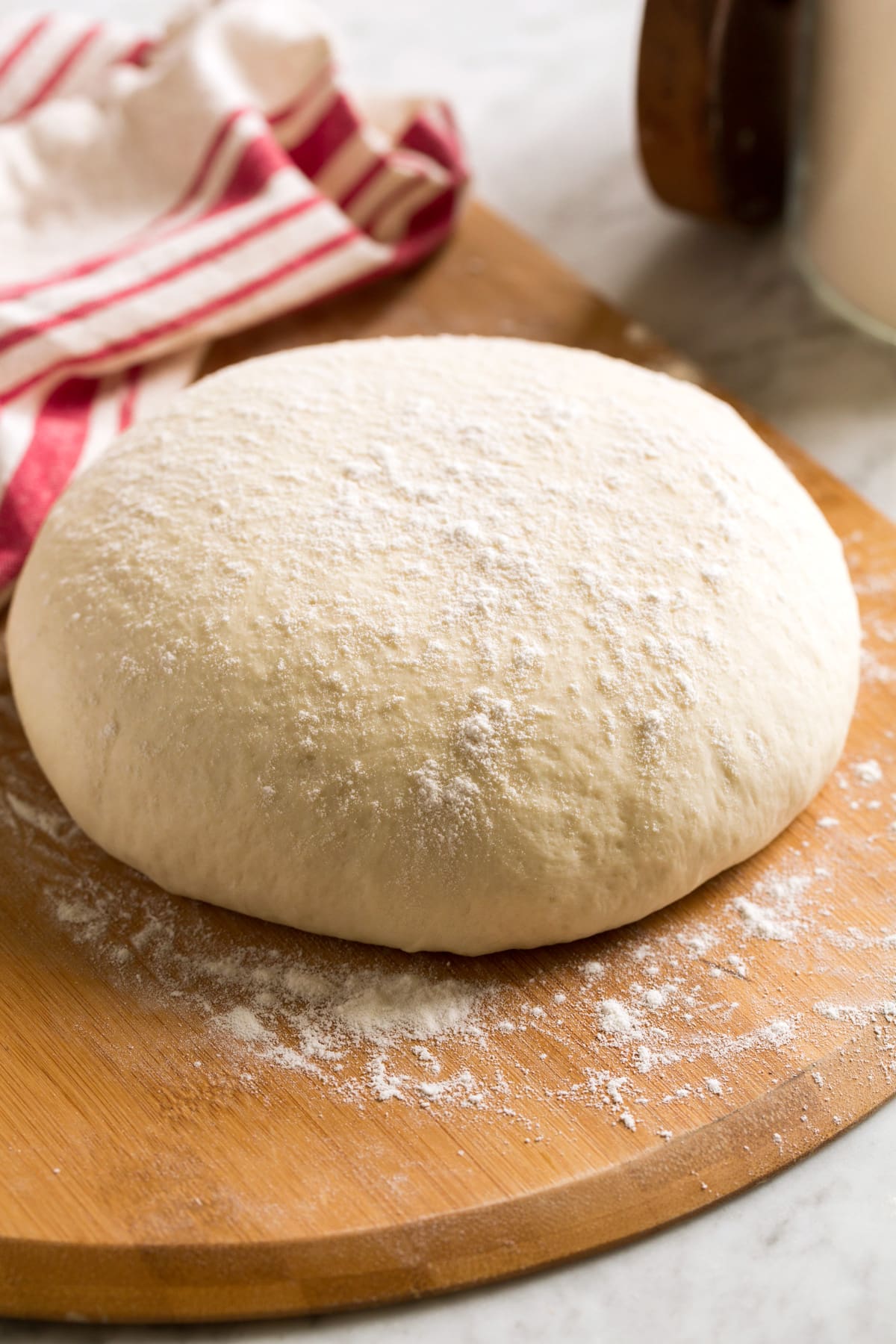 Source: cookingclassy.com
Source: cookingclassy.com
A long slow rise in the refrigerator takes much longer and typically gives you better flavor and texture. If you were to ask ten different restaurant owners how they prepare their pizza dough for cooking youd probably get ten different answers. Some think that you need to bring your commercial pizza dough up to room temperature while others think that its best to place it in the fridge to defrost and then pull out to once again bring to room temperature. Ive read just warm and 110 to 115 degrees farenheit which is a lot more than warm by my hands standards. Is it different for bread and say pizza dough.
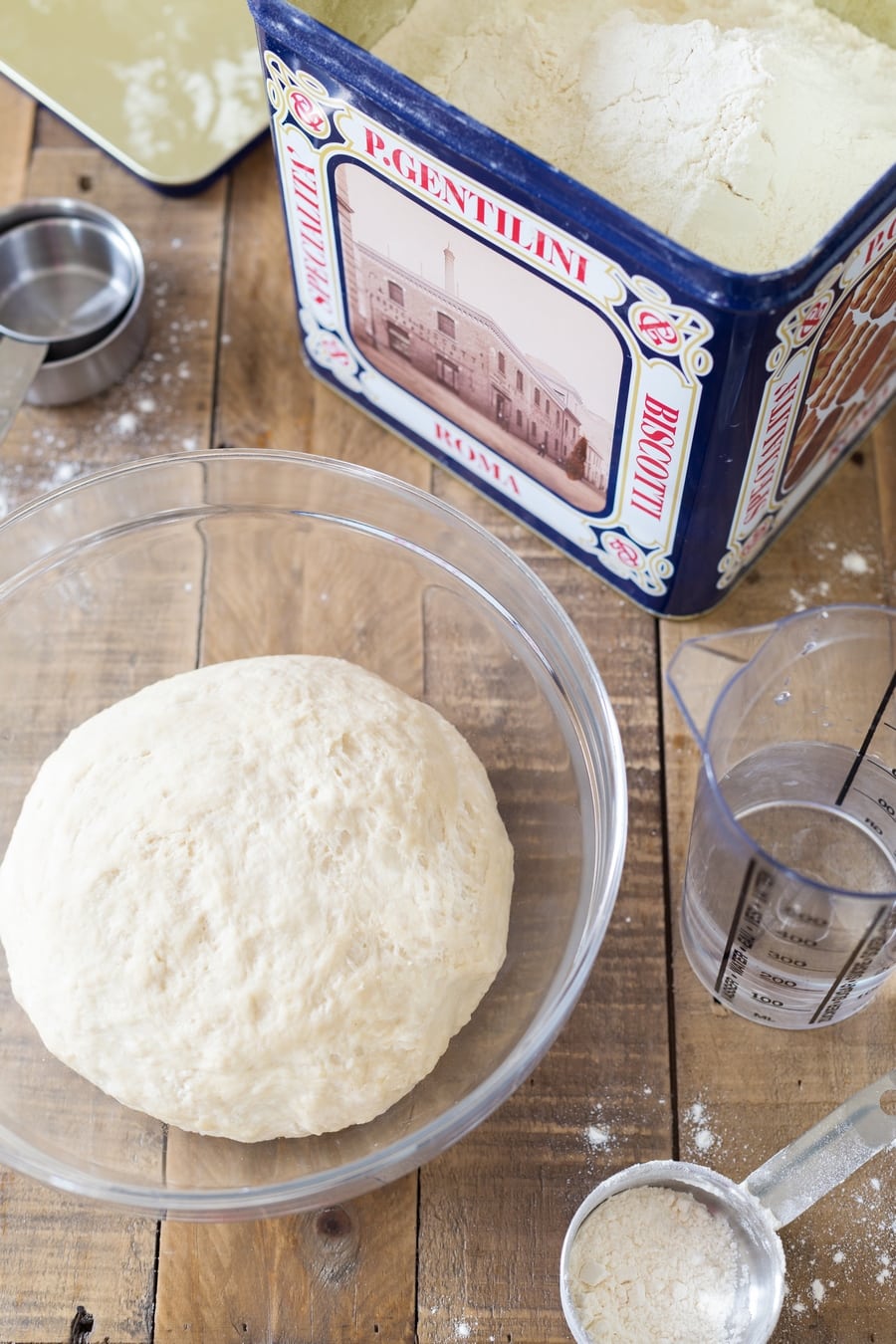 Source: electricbluefood.com
Source: electricbluefood.com
Some think that you need to bring your commercial pizza dough up to room temperature while others think that its best to place it in the fridge to defrost and then pull out to once again bring to room temperature. Keep in mind that this formula is only intended for finished dough temperatures in the 82 to 88 F range. Some think that you need to bring your commercial pizza dough up to room temperature while others think that its best to place it in the fridge to defrost and then pull out to once again bring to room temperature. For a low hydration cracker type crust you should ideally have your water at a temperature that will give you a finished mixed dough temperature in the 80 to 85F range. Most experts agree that before making pizza your dough should be proofed in a kitchen that sits comfortably at around 23ºc or 75ºf.
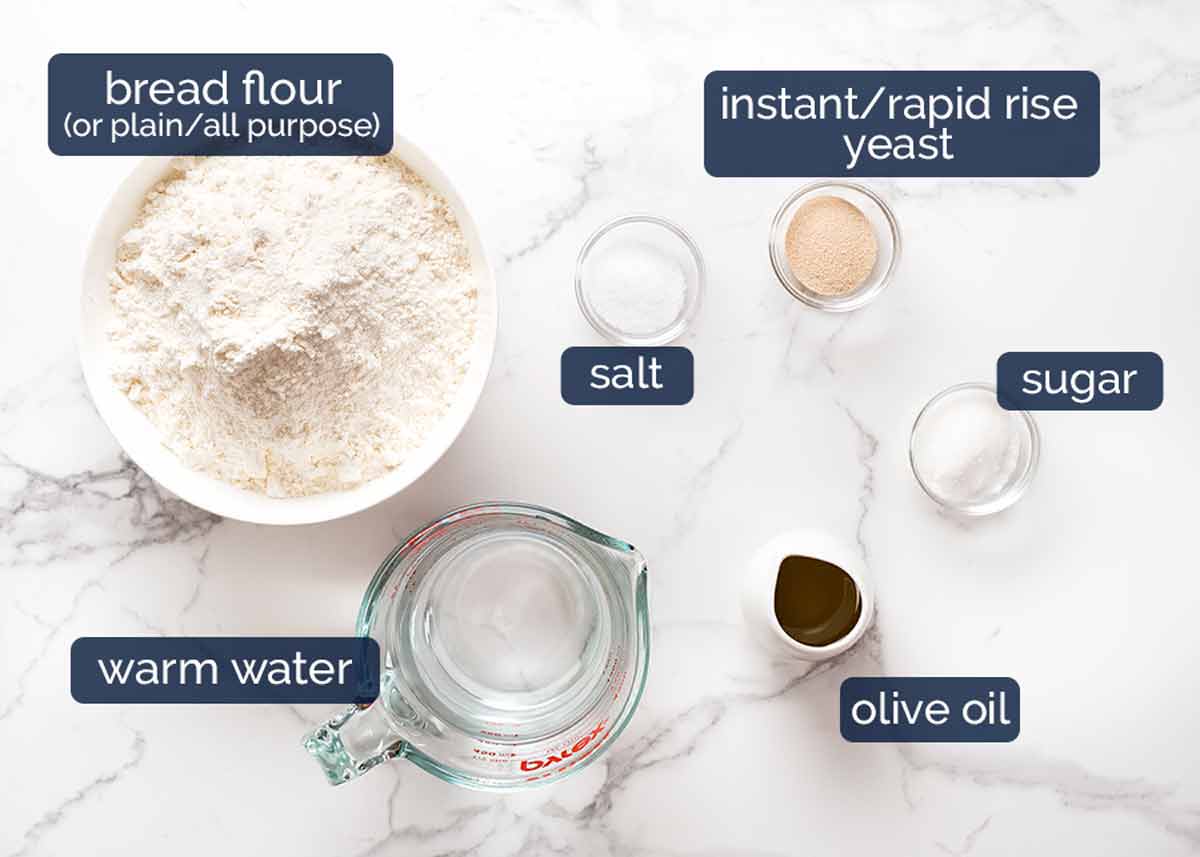 Source: recipetineats.com
Source: recipetineats.com
If you can only reach 450F degrees in your home oven a pizza is going to take 12-15 minutes to cook. Ive read just warm and 110 to 115 degrees farenheit which is a lot more than warm by my hands standards. Hydration is another aspect of a recipe with an interesting relationship to cooking temperature. This would be the desired water temperature to achieve a finished dough temperature in the 82 to 88 F range. If you have low hydration the water is going to evaporate off of the dough in the early portion of the cook leaving it to cook dry.
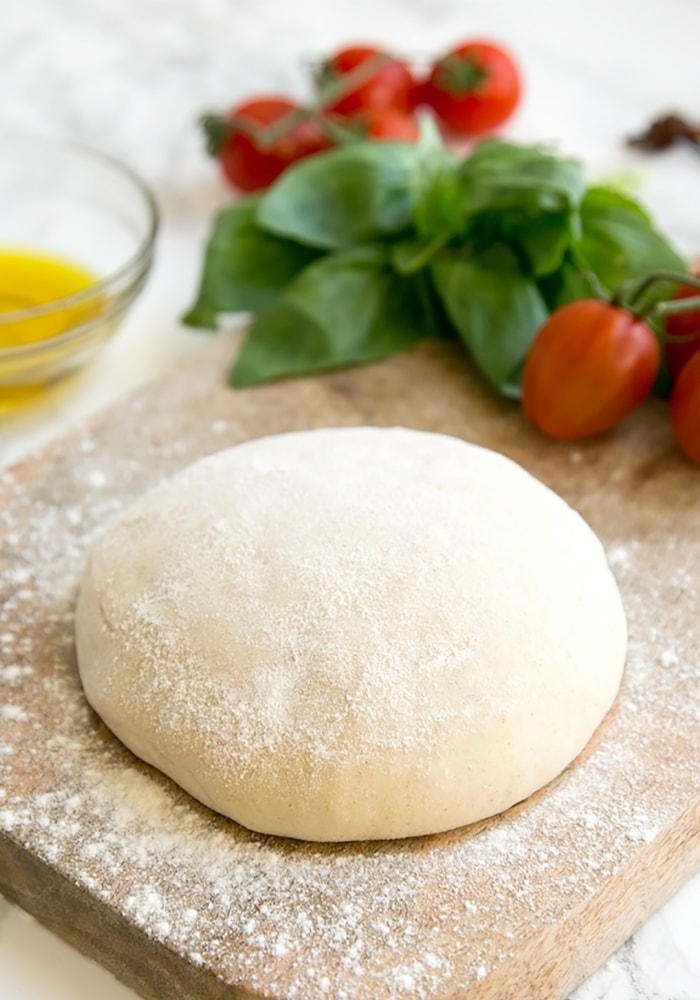 Source: thepetitecook.com
Source: thepetitecook.com
Also that too high a temperature is bad for the yeast. Also that too high a temperature is bad for the yeast. Is it different for bread and say pizza dough. This would be the desired water temperature to achieve a finished dough temperature in the 82 to 88 F range. For a low hydration cracker type crust you should ideally have your water at a temperature that will give you a finished mixed dough temperature in the 80 to 85F range.
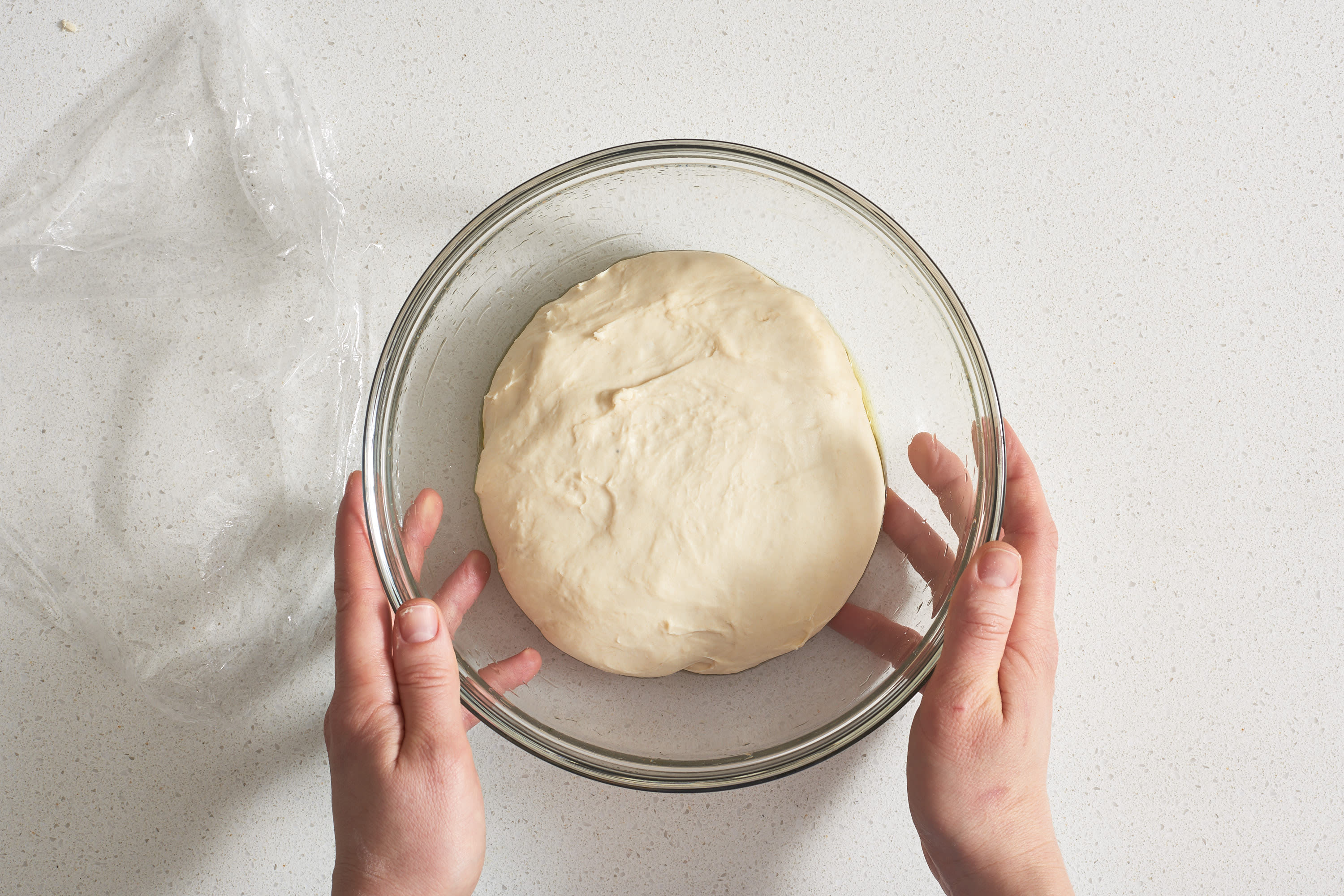 Source: thekitchn.com
Source: thekitchn.com
For a low hydration cracker type crust you should ideally have your water at a temperature that will give you a finished mixed dough temperature in the 80 to 85F range. Is it different for bread and say pizza dough. Ive read just warm and 110 to 115 degrees farenheit which is a lot more than warm by my hands standards. If you were to ask ten different restaurant owners how they prepare their pizza dough for cooking youd probably get ten different answers. Most experts agree that before making pizza your dough should be proofed in a kitchen that sits comfortably at around 23ºc or 75ºf.
If you find this site adventageous, please support us by sharing this posts to your preference social media accounts like Facebook, Instagram and so on or you can also save this blog page with the title what temperature should water be when making pizza dough by using Ctrl + D for devices a laptop with a Windows operating system or Command + D for laptops with an Apple operating system. If you use a smartphone, you can also use the drawer menu of the browser you are using. Whether it’s a Windows, Mac, iOS or Android operating system, you will still be able to bookmark this website.
Category
Related By Category
- What temperature do you cook pork loin ribs
- What temp should i cook brisket too
- What temperature should you cook pork at
- What temperature do you bake brisket at
- What temperature should you cook pork chops at
- What temperature do you cook chicken breast on a traeger
- What temp to cook boneless chicken breast on grill
- What temperature to slow cook chicken thighs
- What temp do i bake chicken breast at
- What temp do you cook pork chops too